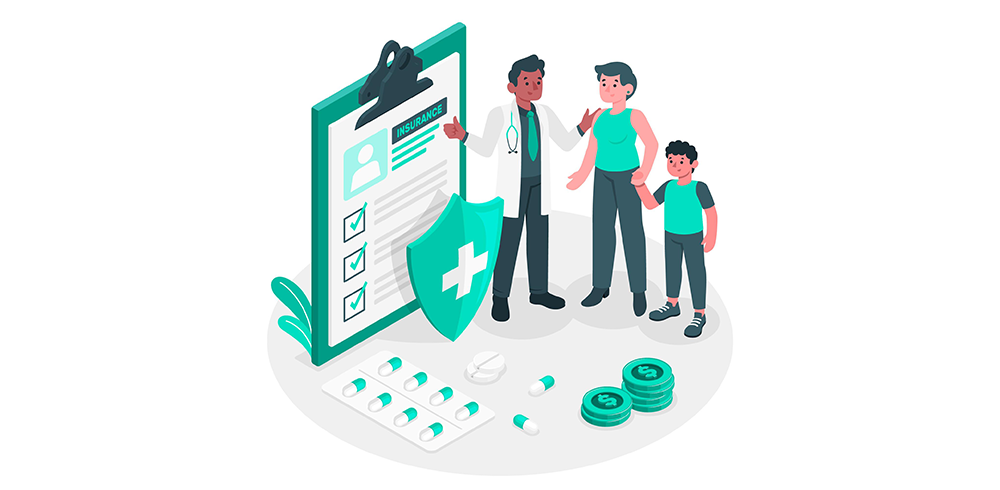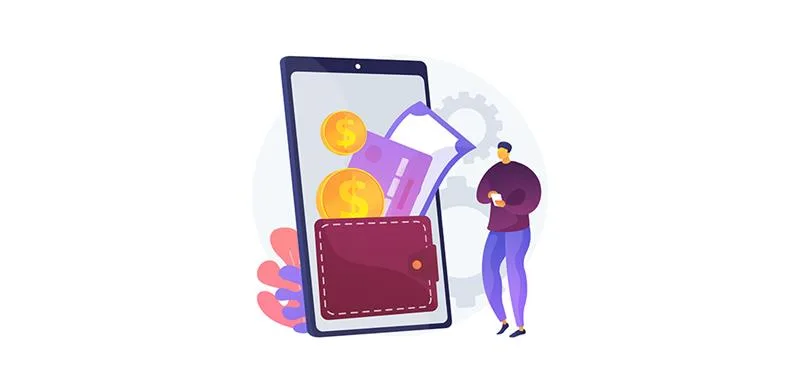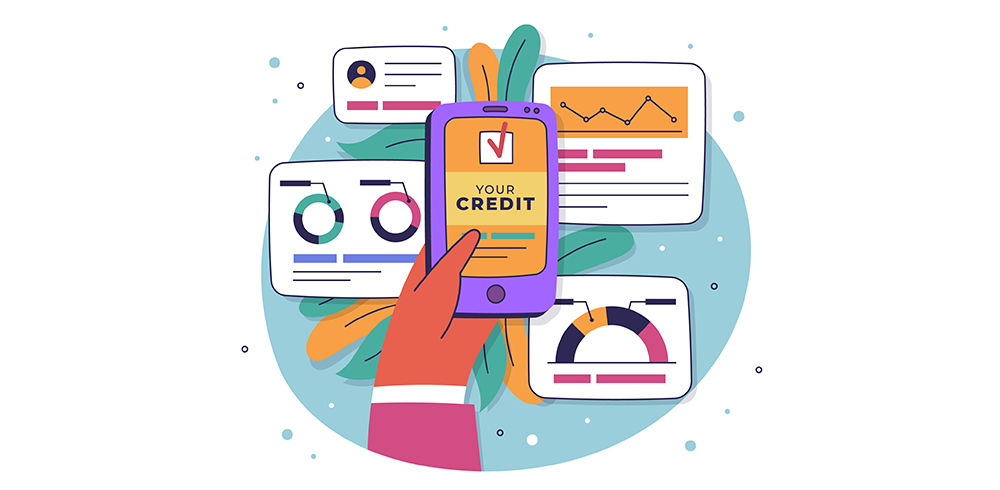Parents want the best for their children. They want them to have a rewarding and successful future. To help them achieve their financial goals and reach their full potential, it’s important children get a good start in life. Investing in your child’s education is one of the best ways to give them a head start toward success later in life. After all, a well-educated person is more likely to find work and thrive as an adult.
However, with rising tuition costs and student loan debt, it’s more important than ever that you provide your child with the help they need to get a good education. Read on to decide whether you take cash loans or use your savings for your child’s education.
What is an Education Loan for Your Child?
An education loan is a type of personal loan that allows people to borrow money to cover their education expenses. These are offered by traditional banks, credit unions, and quick loan apps. The money can be used to cover various expenses such as tuition, fees, room and board, and flight tickets.
Pros and Cons of Cash Loans for Child’s Education
There are many benefits to taking out an education cash loan. For one, it is a convenient option. Many cash loans have low-interest rates and allow you to borrow a flexible amount of money. Plus, you can make monthly payments to pay off the loan instead of taking out a big chunk of your savings in one go.
However, there are certain things to remember before taking out a cash loan for your child’s education. You need to have a good credit history and should be able to pay back the loan in time. If you miss any monthly payment, this will negatively affect your credit score and can create future problems.
If your credit score is not very good or if your income does not meet the minimum requirements, you have a higher chance of being denied by a bank. In such cases, you can try getting a cash loan from a quick loan app for convenience and urgency.
Pros and Cons of Using Your Savings for your Child’s Education
Many parents start saving early in life to use their savings to help their children through school. If you have the extra money saved up, there’s no reason not to help your child pay for college. You can use your savings to help your child cover the cost of tuition, fees, books, and other expenses related to college.
However, here are some downsides to using your savings for your child’s education. For one thing, you may have to wait a few years before you can start pulling money out of your savings. Depending on how much you have saved up, it could take a few years until you’re able to use that money for your child’s education. Another downside to using your savings for your child’s education is that you may have to pay taxes on the money you withdraw. Depending on your income and other factors, you may have to pay taxes on a significant portion of your savings.
Another major disadvantage of using savings for education is that you may need that money for other emergencies. Education is something you can plan for and you can see those expenses coming a long way. Emergencies such as health scares or urgent repairs are unexpected and you might need to dip into your savings for that. Let a cash loan cover education costs so that you can spend money in a way that does not shock your financial status.
Summary
In conclusion, students should seek other options other than using their own money or their parents’ retirement or emergency reserves. They can quickly get and pay back an education loan from a bank or quick loan app to cover expenses. They can put their savings into higher-return investments so that the money can be used more effectively.
CASHe is a leading quick loan app offering instant cash loans, BNPL, and instant Pre-Approved CASHe Limits. Download the app today!










